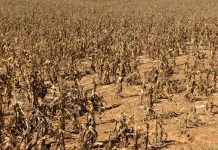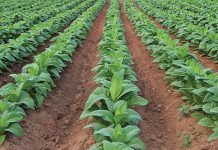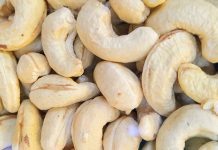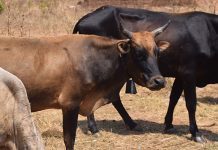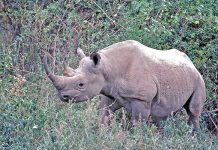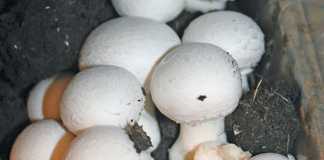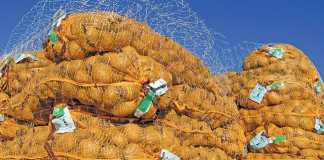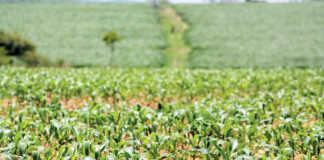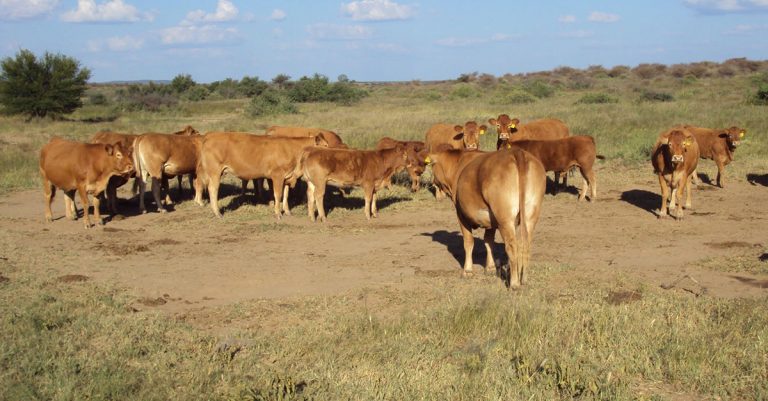
Photo: Annelie Coleman
The Namibian agriculture sector’s contribution to that country’s GDP grew from 4,5% in 2019 to almost 6,6% in 2020.
This was according to Thinus Pretorius, chairperson of the Namibian Livestock Producers’ Organisation (LPO).
He said in the LPO’s annual review for 2021 that primary livestock production accounted for more than 55% of this figure. As a result, and given that agriculture supported more than 70% of the population in one way or another, it was clear that the industry was a core pillar of the Namibian economy.
“Grazing conditions in the country have improved dramatically after the recent drought, with the exception of the north west and [far] south. The herd-[rebuilding] phase that started after the drought in 2020 is [ongoing], and will continue [further] as funding becomes available,” Pretorius added.
According to him, controlling foot-and-mouth disease (FMD) was a significant problem due to the porosity of the border between Namibia and its neighbouring countries, coupled with the lack of control over the movement of livestock from these countries.
Pretorius also expressed serious concern about the state of the country’s veterinary cordon fence (VCF).
“Every year we see how this [disease] creeps alarmingly closer to the VCF, which is the only barrier between the Northern Communal Areas, where FMD is endemic, and the areas south of the VCF, which are free of the disease.”
Among other factors, the fence was compromised by elephants that broke through it on a daily basis, he explained.
It was extremely worrying that while the Ministry of Environment, Forestry and Tourism acknowledged that the increasing elephant population was a major problem, no concrete actions were being taken to control the pachyderms, he said.
Farmers in the vicinity of the VCF were undertaking seemingly never-ending repairs, he added.
“Apart from the [time] lost, it also has a huge financial impact on these producers. Some producers have also already electrified their border fences [using] their own funds in an effort to continue production.
“We are indebted to these farmers for their sustained efforts to ensure that all Namibian farmers are able to continue marketing their products unhindered throughout the world,” Pretorius added.


